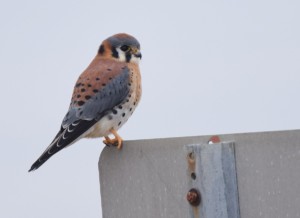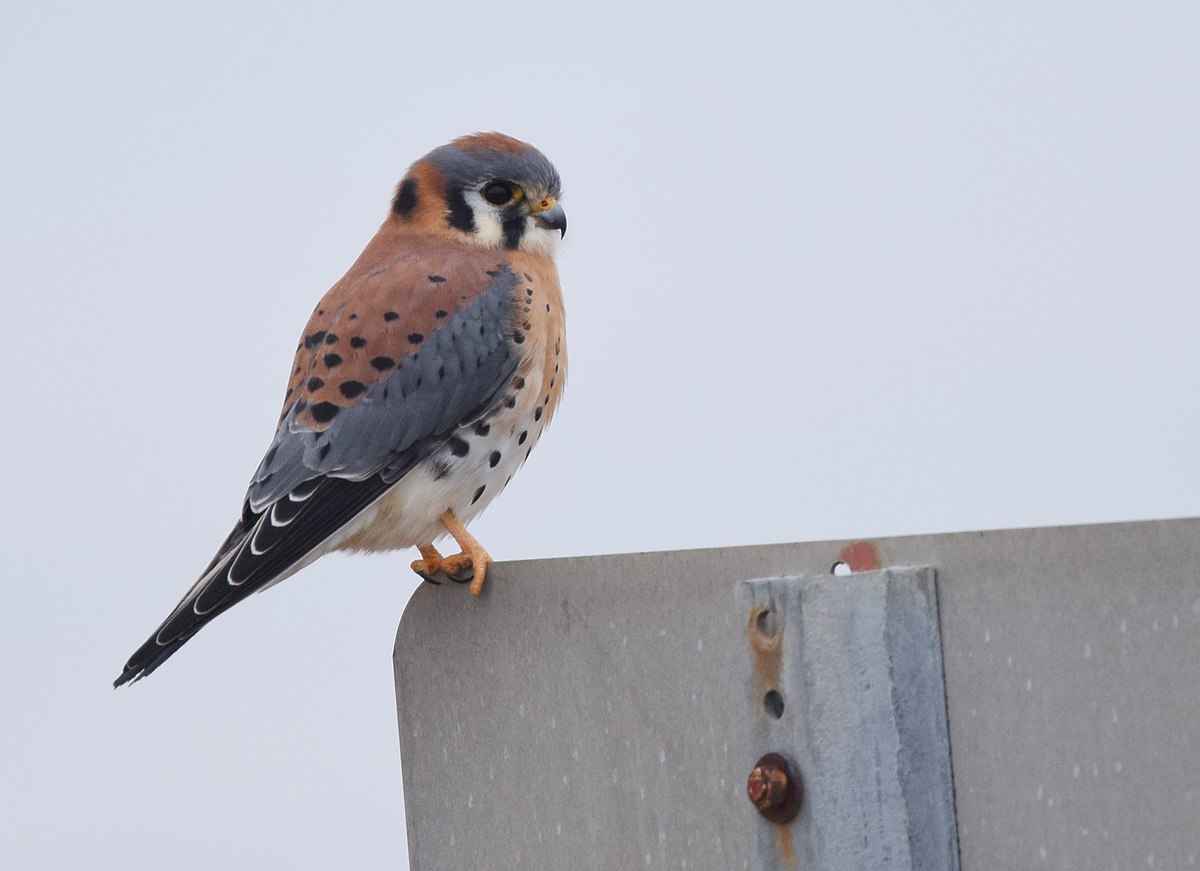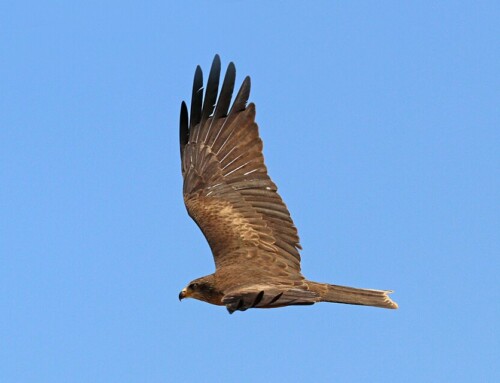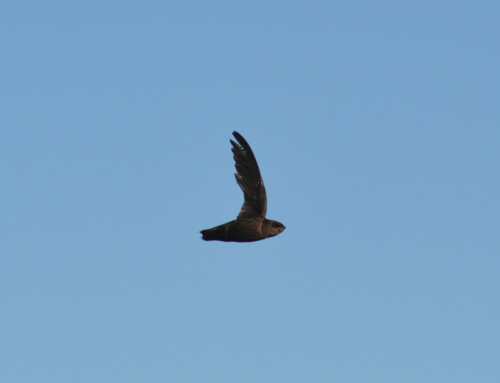
LINKED PAPER
Intra-specific variation in migration phenology of American Kestrels (Falco sparverius) in response to spring temperatures. Powers, B. F., Winiarski, J. M., Requena‐Mullor, J. M., & Heath, J. A. 2021. IBIS. DOI: 10.1111/ibi.12953. VIEW
American Kestrels (Falco sparverius) show a leapfrog pattern of migration. Birds breeding at lower latitudes migrate south over short distances, whereas birds at higher latitudes overtake their short-distance relatives and winter in more southern locations (Heath et al. 2012). These different migratory strategies can have drastic consequences when it comes to climate change. Migratory birds rely on several environmental cues to properly time the return in spring. Some of these cues (e.g., temperature) will change due to climate change, while other cues (e.g., daylength) are largely unaffected by the changing climate. If birds use unreliable cues to guide their migration, they might arrive too early or too late on their breeding grounds. A badly timed arrival could result in a mismatch between the falcons and their favorite food sources (i.e. a phenological mismatch, Visser & Gienapp 2019).
Citizen science
Short-distance migrants might be able to avoid a phenological mismatch by using environmental cues that are indicative of conditions on the breeding grounds, such as fluctuations in temperature (Butler 2003). Long-distance migrants, however, are wintering far from their breeding grounds and have to rely on more general cues, such as daylength (Coppack al. 2003). These birds might not be able to adjust their arrival dates in spring. In a recent Ibis study, Breanna Powers and her colleagues tested this ‘migration distance hypothesis’ using data from the citizen science project eBird. They collected information on the spring arrival dates of American Kestrels from 2002 to 2018.

Figure 1. The influence of a temperature anomalies, such as warmer springs, was most pronounced at lower latitudes. This effect is visible as a bluer color in the graphs.
Warm springs
By comparing the arrival dates at different latitudes, the researchers could investigate how birds with different migratory strategies are responding to rapid climate change. The results were clearly in line with the ‘migration distance hypothesis’. American Kestrels breeding at lower latitudes – below 48ºN to be precise – arrived earlier after warmer springs, whereas birds from higher latitudes returned to their breeding grounds at the same time each year. How these different arrival dates impact the survival and reproduction of these birds remains to be investigated. Nonetheless, these patterns suggest that short-distance migrants are better able to cope with climate change.
References
Butler, C.J. (2003). The disproportionate effect of global warming on the arrival dates of short-distance migratory birds in North America. Ibis 145: 484– 495. VIEW
Coppack, T., Pulido, F., Czish, M., Auer, D.P. & Berthold, P. (2003). Photoperiodic response may facilitate adaptation to climatic change in long-distance migratory birds. Proceedings of the Royal Society B 270: S43– S46. VIEW
Heath, J.A., Steenhof, K. & Foster, M.A. (2012). Shorter migration distances associated with higher winter temperatures suggest a mechanism for advancing nesting phenology of American Kestrels Falco sparverius. Journal of Avian Biology 43: 376– 384. VIEW
Visser, M. E., & Gienapp, P. (2019). Evolutionary and demographic consequences of phenological mismatches. Nature Ecology & Evolution 3: 879-885. VIEW
Image credits
Top right: American Kestrel (Falco sparverius) | Andy Reago & Chrissy McClarren | CC BY-SA 2.0 Wikimedia Commons
Blog posts express the views of the individual author(s) and not those of the BOU.
If you want to write about your research in #theBOUblog, then please see here





